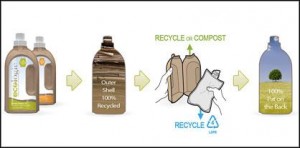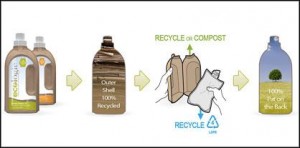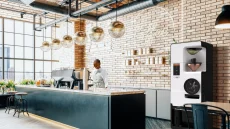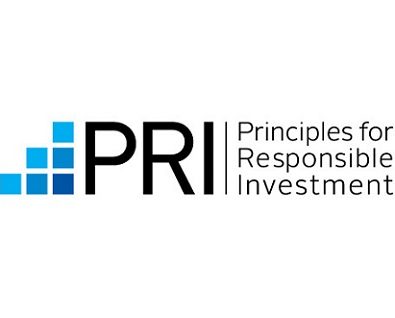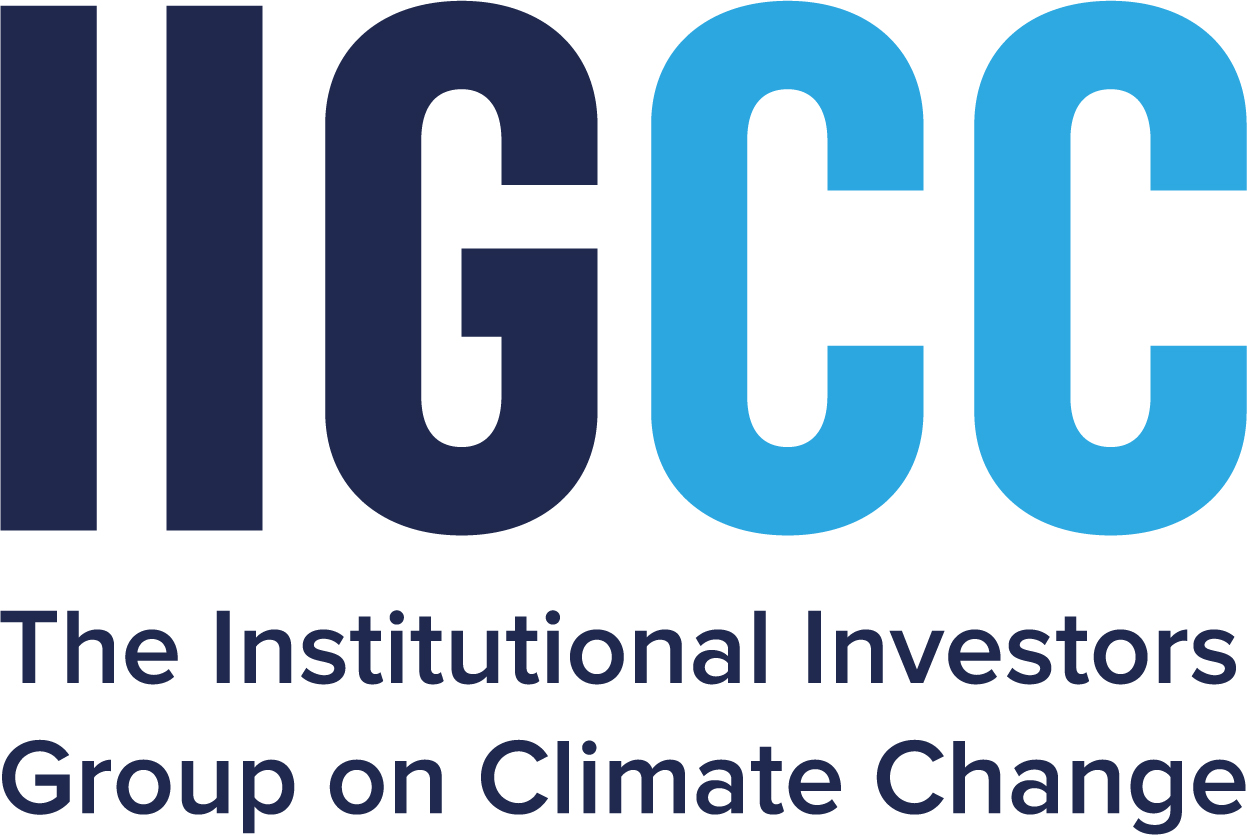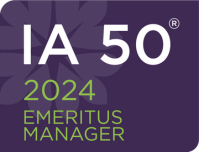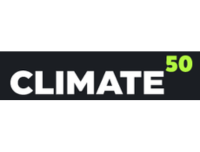Packaging is important for many reasons: It is a vessel that protects the product inside, it conveys vital information to educate people about the product, and it is also the first visual cue that helps attract people to the product. See the full article here.
With sustainability moving to the forefront of corporate objectives, especially for consumer-packaged goods (CPG) companies, the packaging industry has committed to becoming more sustainable as well. While the global packaging industry is valued at approximately $500 billion, the sustainable packaging portion accounts for 20% and is growing four times faster than the overall average.
The trend continues to drive opportunity for growth in the use of green chemistry to make a significant difference. After all, sustainability is not just about the “greening” of discreet product ingredients or what ends up printed on the label. If a product is truly sustainable inside and out, the packaging must be considered too. To that end, more packaging companies are beginning to use life cycle analysis (LCA) techniques to scientifically measure environmental impact and stay aligned with CPG companies.
Life cycle analysis
LCA is a fairly comprehensive tool for evaluating sustainability, measuring the use of energy, materials and releases to the air, water and earth by a product from raw material extraction through end-of-life management — taking into account processing, fabrication, distribution, use and disposal or recycling. This cradle-to-grave approach helps to avoid a narrow outlook on the impact a product can have on its surroundings beyond the environment, including people and businesses.
Ecologic Brands’ paper bottles resonate with brands and consumers seeking more sustainable packaging alternatives
Oakland, California-based Ecologic Brands is a packaging company that is green by design and sought to validate its position by conducting an LCA. The company is America’s first maker of molded paper bottles that consist of a rigid outer shell, made from 100 percent recycled cardboard and newspaper, combined with a thin inner pouch, made with roughly 70 percent less plastic than traditional rigid plastic bottles. Post use, the outer shell can be recycled or composted where no recycling facilities exist, and the inner pouch can be recycled with other #4 LDPE plastic.
 Seventh Generation, renowned for its commitment to sustainability, launched a 4x concentrated natural laundry detergent in Ecologic Brands bottles in March 2011 and reported a 19 percent increase in the company’s laundry detergent shipments year-over-year.
Seventh Generation, renowned for its commitment to sustainability, launched a 4x concentrated natural laundry detergent in Ecologic Brands bottles in March 2011 and reported a 19 percent increase in the company’s laundry detergent shipments year-over-year.
To quantify what this performance represents in terms of sustainability, Ecologic Brands engaged Franklin & Associates to conduct an LCA of its 50oz eco.bottleTM. Established in 1974, Franklin & Associates is one of the most highly respected LCA service providers, especially in the packaging sector.
Franklin & Associates compared Ecologic Brands’ 50oz eco.bottleTM to 50oz virgin, 10 percent recycled and 50 percent recycled HDPE bottles. The goal of the LCA was to determine the environmental burdens associated with the Ecologic Brands molded fiber bottle as compared to other types of containers used to package laundry detergents. The LCA looked at four specific life cycle phases of empty bottles:
- Material production — Covers all processes from extraction of raw materials through production of materials in a form ready for fabrication into a container and container components (e.g. cap, spout, pouch liner).
- Container fabrication — Includes the fabrication of the primary containers from the materials produced in the first life cycle phase. Does not include transportation requirements from the fabrication site to the filling site.
- Transportation (to filling and retail) — Includes the average transportation requirements from the container manufacture to the filling site and from the filling site to the distribution center and on to retail location.
- Disposal and recycling — Covers current U.S. disposal and recycling scenarios for the containers’ post-consumer materials. Includes the energy requirements for transporting materials to a landfill or waste-to-energy (WTE) incinerator, the operation of heavy equipment at a landfill site, and the energy recovered by an incinerator or capture of landfill methane gas. Greenhouse gas emissions resulting from landfilling and WTE incineration also are accounted for here.
Impact
The findings revealed compelling results across key environmental metrics for the eco.bottle™ and proved that packaging made from molded recycled paper content truly outperforms both virgin HDPE plastic bottles and those made from 50 percent recycled plastic:

The LCA quantified Ecologic Brands’ sustainability, and the associated in-market performance exemplifies how the benefits of alternative packaging extend across the value chain.
- Environment
- Bottles use less plastic than traditional bottles
- Outer shells use 100 percent recycled content
- Diverts materials destined for landfills
- Brands
- Disruptive package with proven sales lift and distribution growth
- Tangible commitment to sustainability
- Shipping efficiency increases (unassembled eco.bottlesTM ship nested and flat so one truck can carry as many Ecologic bottles as six trucks would carry HDPE bottles)
- Reduced reliance on plastic and volatility of resin cost
- Retailers
- On-shelf differentiation
- Opportunity to leverage recycling stream and achieve closed loop system
- Consumers
- Affords “feel-good” choice beyond plastic and glass
To date, the 2.4 million bottles produced by Ecologic Brands represent a small yet significant change to how packaging sustainability can be assessed — 2.4 million molded paper bottles translates to nearly 170 tons of plastic diverted from landfills; 3 million kWh energy saved, enough to power almost 300 homes in the US for an entire year; and enough CO2 emissions cuts to take 120 cars off the road every year. This is just the beginning.

